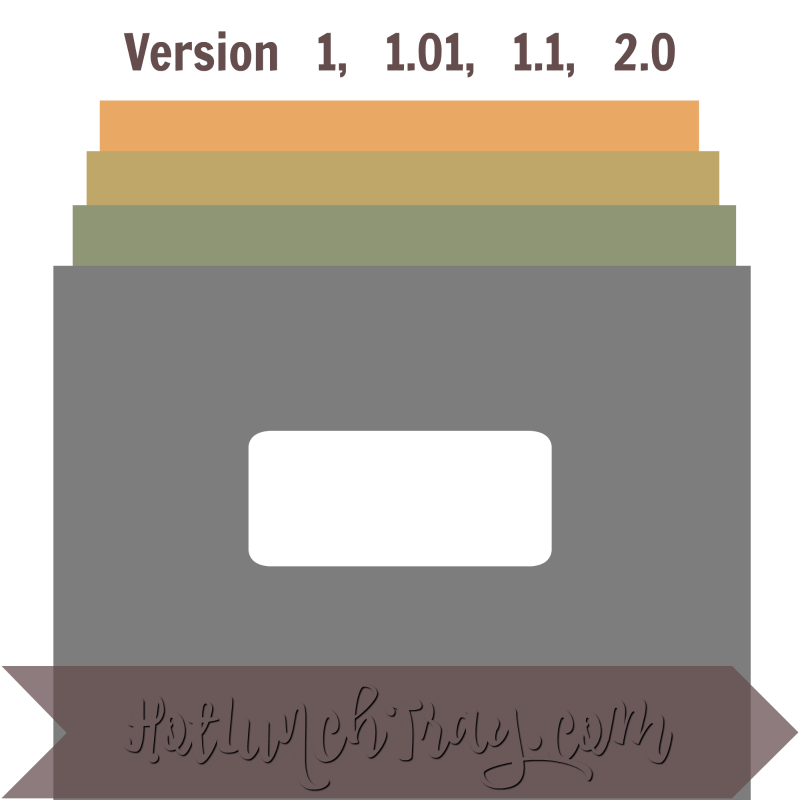Throughout teaching you encounter many versions of things. There are parent/student perceptions, there are versions of assignments for different IEPs, and there is what the lunch room calls meatloaf. But to focus on moving your content from one version to the next is important for your professional growth.
Between one version and the next you grapple with the intent of the concept/idea/lesson versus what you observed as the instructor. While you revise the last version you build in more support as needed, you refine directions, and you cut away any distractions. While version 1 is good, you see the potential to improve the quality of learning.
Improvement in the quality of the learning for your students is the goal.
Improve Faster?
A revision cycle is a formal schedule of revision. Many teachers consider a school year a natural time frame for a revision cycle. And if content is only experienced once a year, then once a year is a natural revision cycle. Consider that technology can make one concept/idea/lesson available at several different times in one school year; can we revise more than once a year?
An accelerated revision cycle is possible because of technology, but technology also necessitates that accelerated cycle. Revision is important with online or blended content as links need to be checked, upgraded, or replaced. Graphics also have a shelf life and should be updated every-so-many revisions.
Do not let an old-school mindset keeping you from the next version; revise as you can!
Version Attachment
Content is an ongoing revision process. However, some things appear to be immune from improvement. Often unique to upper grades, teachers are sometimes attached to a piece of content or unit of study. When teachers are attached to a version of content revision can be difficult.
Recognize that the first version of a lesson or unit may represent an immense amount of work/time for a teacher. A teacher may need to teach something more than once before s/he is ready to revise it.
Also, there is always the possibility that some teachers are not going to move past that first version of something. Do not over-invest your time in trying to move them to the next version if they have no intent of revising.
The initial author may not always be the right person to revise something. If the originator is not willing or able consider another teacher who is detail oriented, has access to effective strategies to inject to a lesson/unit and invite them to revise with or for the original author. Teamwork is especially useful when different members of the team have different strengths.
Revision Tools
When you are revise you may wonder how to keep a version of the old and a version of the new. Word processing programs are especially prevalent in education. Simply consider a naming convention which you can maintain: 2016 Fossil Unit, 2017 Fossil Unit or 01 2017 Fossil Unit, 02 2017 Fossil Unit. You want the way the files sort to display these files in a predictable, logical order.
If you are working in a learning management system (LMS) edit the course/module name before archiving or concluding to reflect the date: 2014-2015 Earth Science, 2015-2016 Earth Science. Or when you share make it obvious in the name which version each is.
It is a good idea to retain all the versions. Undoubtedly, there will be one year where “nothing works with these kids.” That is the time you will value your archived versions. You can refer to the differences from past presentations of the same content and find ideas on how else the content can be presented.
Improvement in the quality of the learning for your students is the goal.







6 Pingbacks